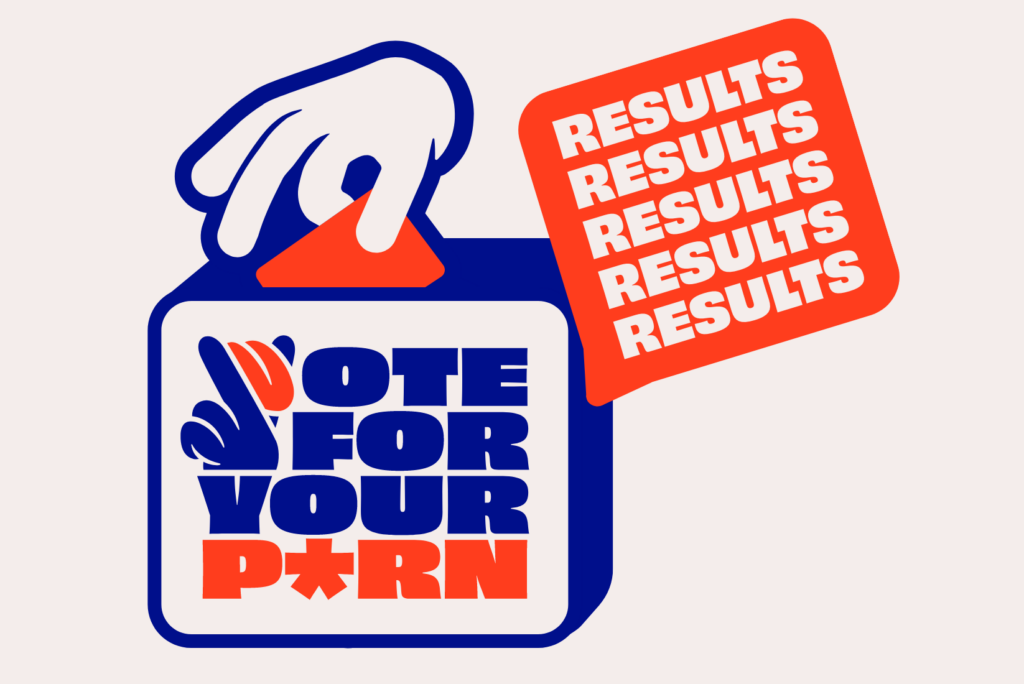You had a bad day, but then you’re cuddling with someone you like and suddenly you feel a LOT better. Why is that? Psychologically we as humans of course like the emotional bonding aspect of physical closeness, but it is also a physical reaction. When we cuddle, hug, kiss, hold hands etc. oxytocin kicks in.
What is Oxytocin?
What Causes Oxytocin to Be Released?
- Sex
- Breastfeeding
- Childbirth
- Pregnancy
- Social bonding (eye contact, communication, sharing meals, laughter, etc.)
- Desired physical bonding (holding hands, cuddling, kissing, etc.)
What Does the ‘Cuddle Hormone’ Do For Us?
Oxytocin & Orgasms
Hugs For a Healthier Heart
Research suggests that women who frequently hug their partners, thereby triggering oxytocin release, tend to have lower resting heart rates than those who do not. It is not certain that oxytocin release is the key reason for this, but it highlights the potential of hugs for promoting heart health.
Snuggle Away Sickness & Stress
Mother-Child Bonding
Father-Child Bonding
Hold Each Other, Sleep Better
Higher levels of oxytocin have also been linked to sleeping quickly and deeply. Some studies also connect the hormone with a reduced occurrence of nightmares.
Fidelity?
Cuddle More, Eat Less
Potential Treatments With the “Feel-Good-Hormone”
Oxytocin’s Dark Side
It may not be all kisses and hugs! Research has unveiled its involvement in shaping our social behaviours, both inclusive and exclusive. For instance, in a study, Dutch students given oxytocin spray exhibited favourable feelings toward fictional characters with Dutch names but negative sentiments toward those with German and Arab names in a short story they read. This suggests oxytocin may heighten affinity toward the in-group while fostering suspicion of the out-group. However, who belongs to the in-group and who belongs to the out-group strongly depends on the situation. Neuroscientist Robert Froemke, PhD, suggests that oxytocin may act more as an enhancer of existing emotions rather than solely a “love hormone”.








